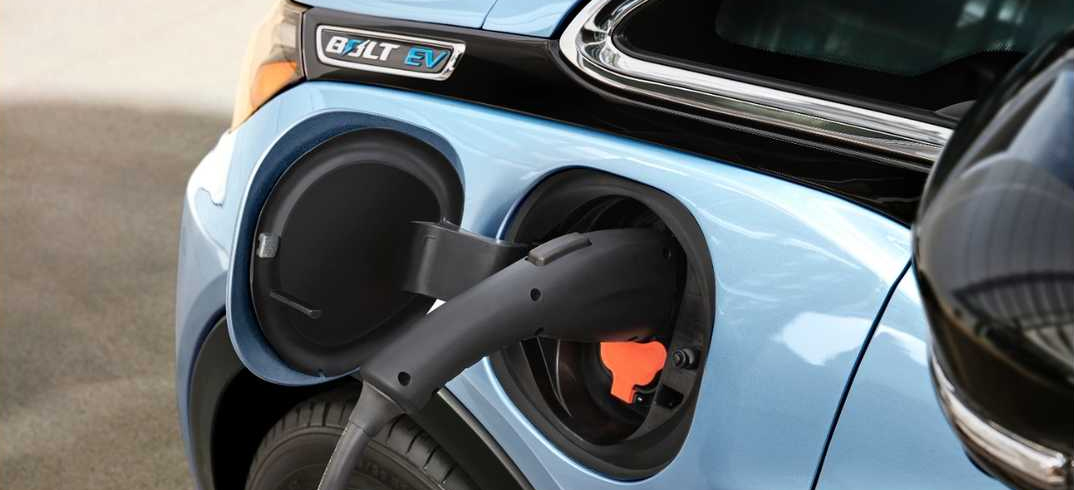
Working in the car industry, I have been asked more than a few times about electric vehicles. The questions usually center around the theme of, “Do you think electric vehicles will replace gas vehicles?” and “Why is everyone so excited about electric vehicles?”
I am going to answer the second question first. The reason everyone is so excited about electric vehicles is that they ARE exciting.
In an internal combustion engine (ICE), you get your power from the engine. The engine uses gas or diesel ignitions inside a certain number of cylinders that drive pistons up and down, spinning the crankshaft. The first major drawback of the internal combustion engine is the crankshaft. It has to use counterweights to convert the up and down motion of the piston into a rotational motion measured in RPMs. While the counterweights help, it is near impossible to remove the noise and vibration caused by the engine. A second major drawback to an ICE is that the engine needs to maintain an ideal RPM to operate at peak efficiency.
Engineers help ICE vehicles by pairing an engine with a transmission. The transmission allows the internal combustion engine to continue to operate at the desired RPMs at varying speeds. Unfortunately, while transmissions have gotten better over the years, they still represent a loss in efficiency and add another level of complexity that could fail over the life of a vehicle.
Now let’s look at an electric vehicle’s motor. The AC motors that run Chevrolet’s EVs or Tesla’s use alternating polarity of magnets to spin a driveshaft. What is crazy about the AC motor is it runs efficiently at pretty much any RPM. That means no need for a transmission. This allows engineers to hook the motor directly to the driveshaft. The AC motor can also act as a turbine during deceleration, allowing the vehicle’s momentum to convert into additional power. The torque on AC motors is insane. That is why you hear about vehicles like the GMC Hummer, which weighs over 9,000 pounds, having zero to 60 times of under 6 seconds, and the Tesla Plaid+ clocking in around 2 seconds.
I am probably not doing a great job explaining the differences between ICEs and AC motors. Just watch this video by JerryRigEverything. He is converting an old military Hummer into an electric. In this video, he has already removed the old engine and transmission and talks about what electric components he will add and their stats. It is impressive how simple and efficient electric vehicles are. Zach explains that his electric Hummer will have double the ICE counterpart’s power and since ICE vehicles have around 2,000 moving parts and his new electric Hummer will have about 20; there should be no longevity concerns.
If I were forced to answer the second question in one sentence, it would be, “Electric vehicles offer unmatched torque and response that an ICE vehicle can’t compete with, and their simplicity means fewer things that can go wrong.”
That brings us to the first question. Will electric replace gas vehicles? In the long run, I think it would be hard to argue anything, but yes. They are too simple and too efficient to ignore. The complexity of transmissions and ICEs require decades of experience to manufacture, while AC motors are very simple in comparison. However, that doesn’t mean I think they are for everyone right now.
There are a few drawbacks to electric vehicles.
AC Motors run off of AC power. But, unfortunately, we do not have the technology to store AC power, only DC power. To give you an example, most energy we produce at a power plant comes in AC. Anything that stores energy, like your phone, laptop, or battery-powered devices, must convert AC to DC via a converter. This technology has existed for a little over 100 years, and the converter is incredibly efficient. For example, a massive AC/DC converter in an electric vehicle converts battery power to AC and the regenerative energy from the turbine to DC. So if you think it is the converter that is the drawback, you are wrong.
The two most significant issues with electric vehicles, and the only ones stopping mass adoption, are due to the batteries. Modern-day batteries are leaps and bounds better than batteries made as little as ten years ago. I read that current vehicle battery packs have an expected lifespan of 25 years. ICEs only have an expected lifespan of around 15 years. So why are the batteries a drawback?
The problem is charging time and capacity.
Chevrolet’s BOLT EV and EUV currently have a range of 250 miles, and even with the fastest chargers, they still take over 45 minutes to charge to full. Tesla has a better range, but their charging times are similar. Combine that with a lack of charging stations nationwide; electric vehicles are limited by range anxiety. While not a dealbreaker for a family looking for a second car or an individual who uses their vehicle only for daily commutes, it can be daunting for single car families or work vehicles. However, I think in time, there will be a solution to these drawbacks. That solution could come out next year or in 10 years. When it does, I think the only vehicles on the road will be electric.
View Our Electric and Hybrid Inventory




